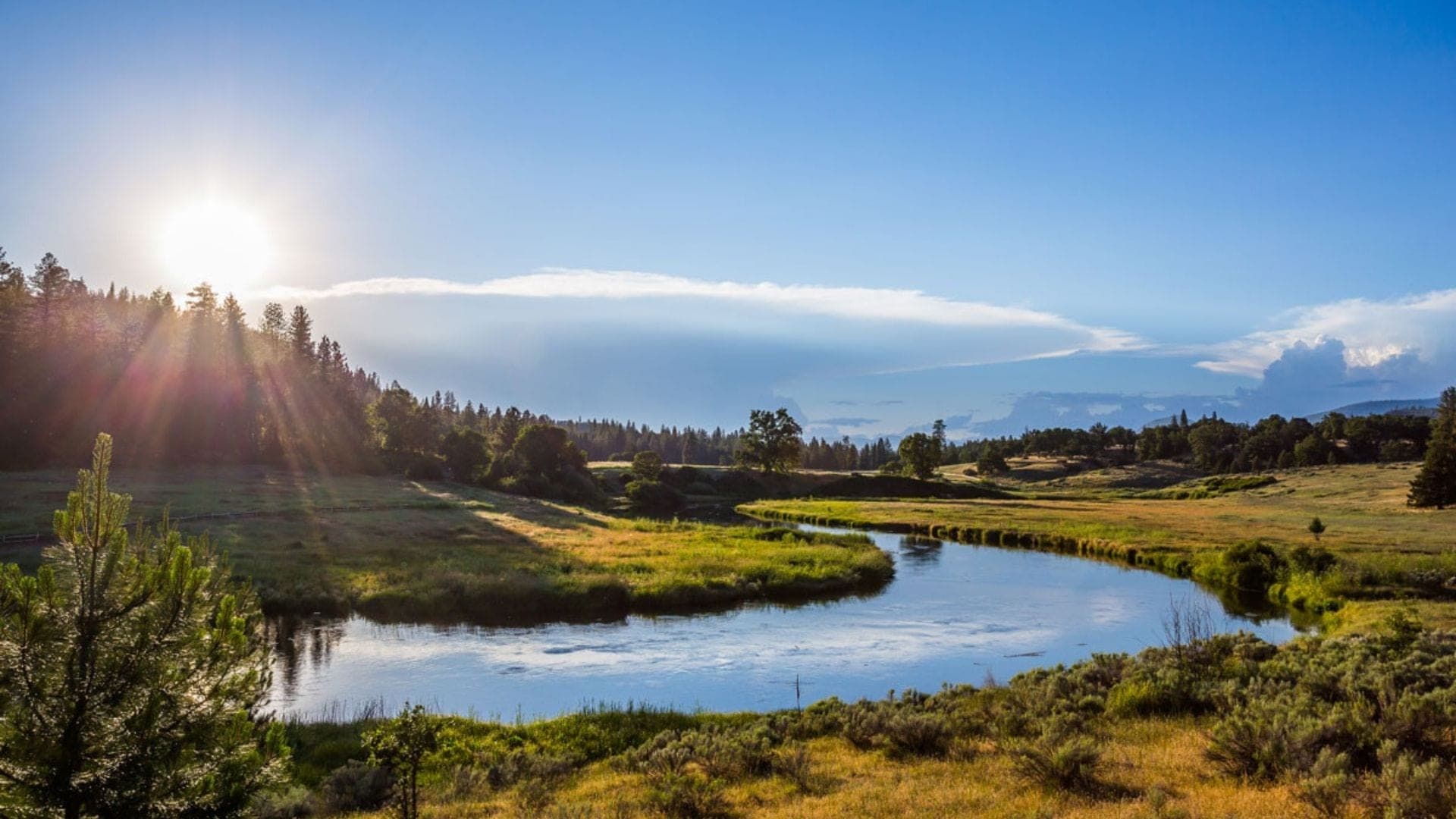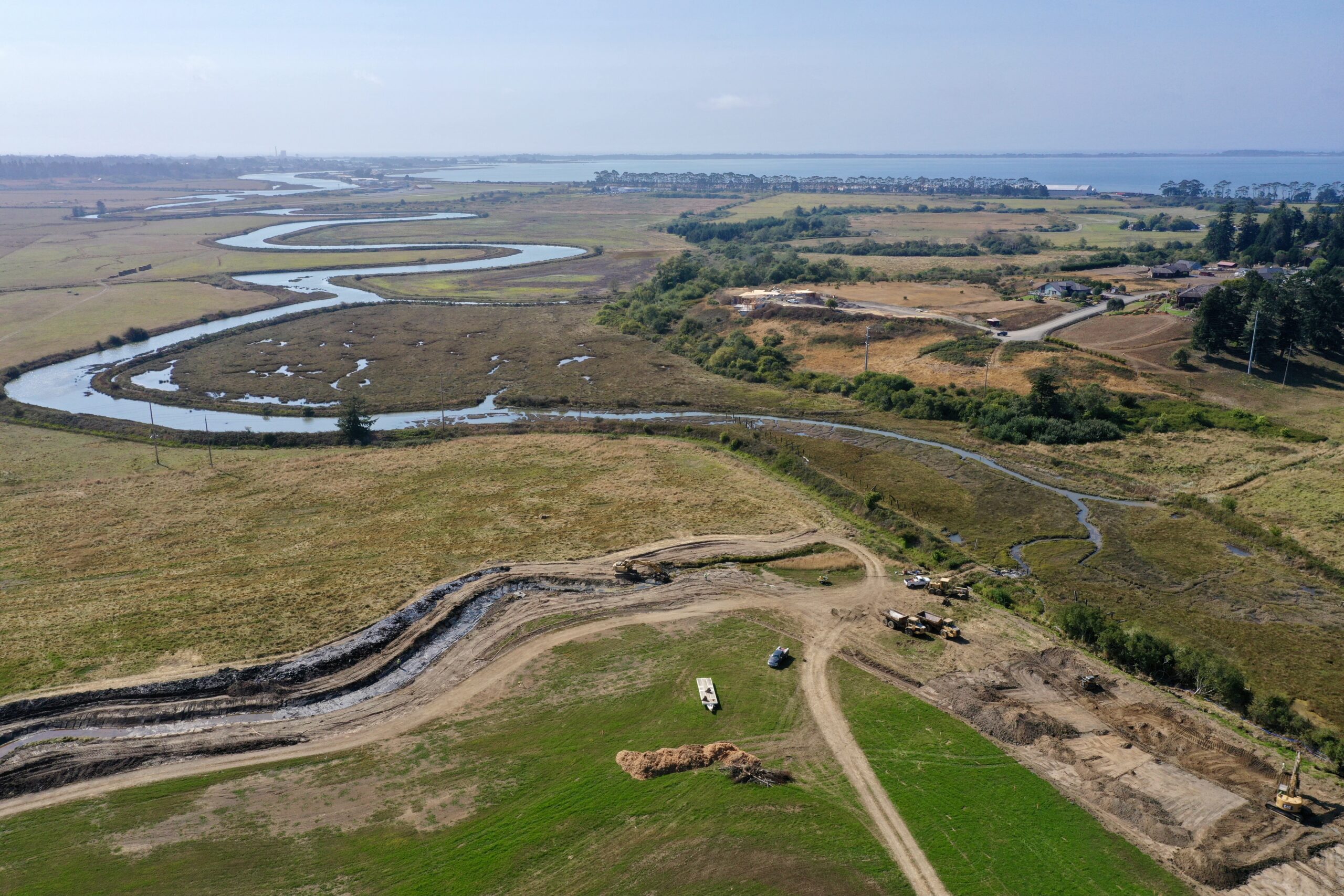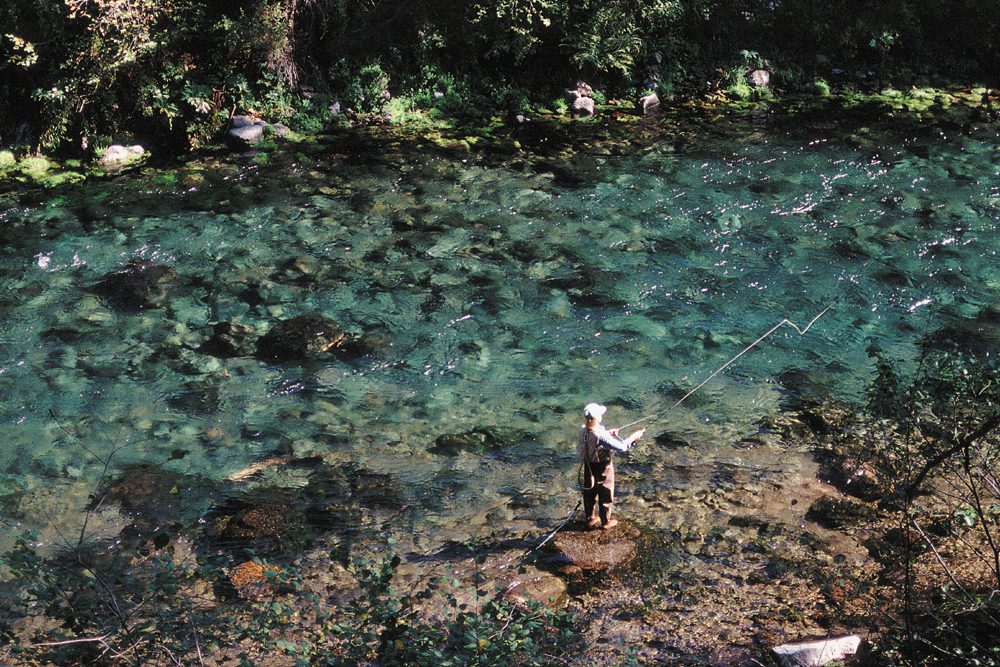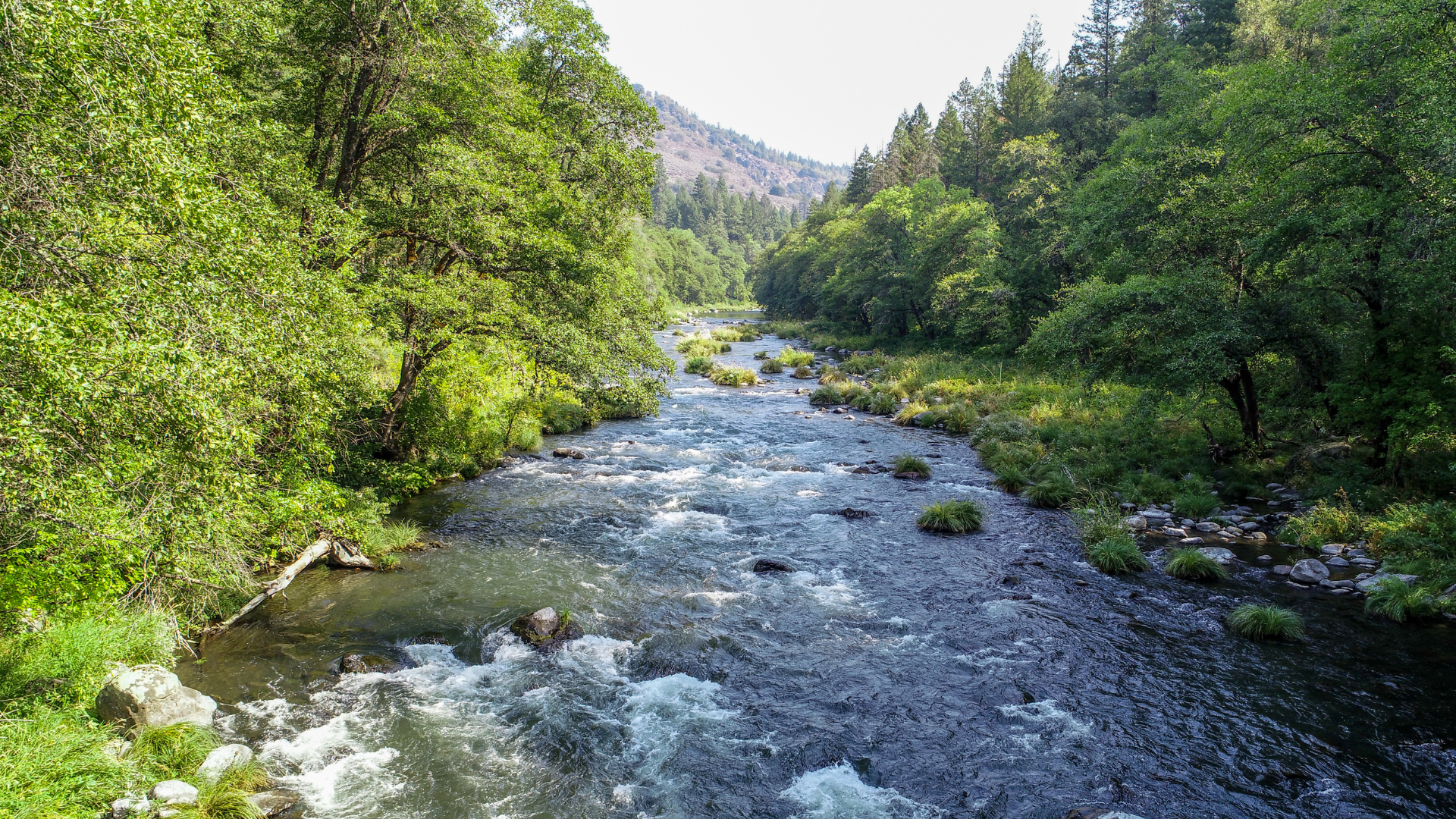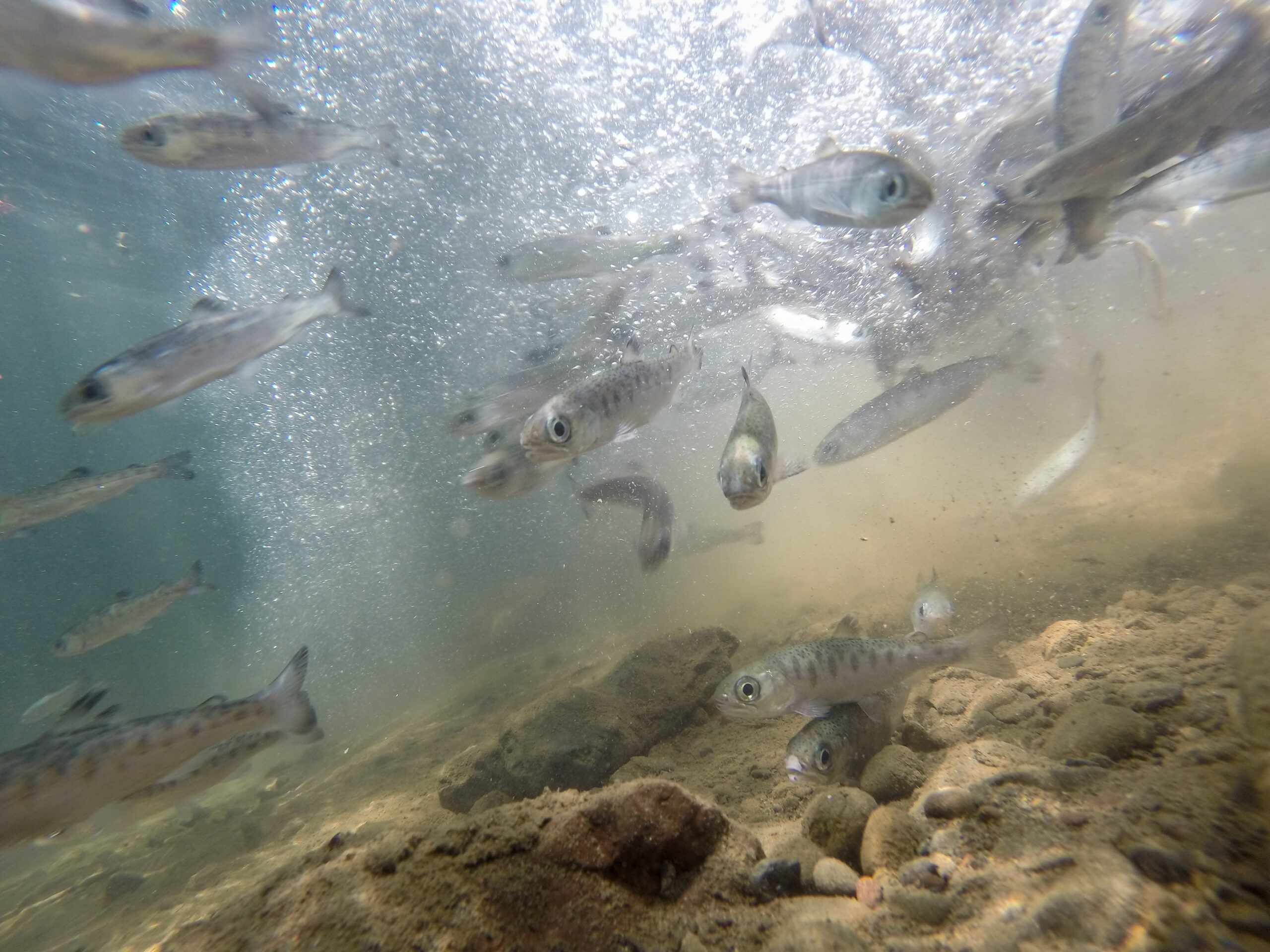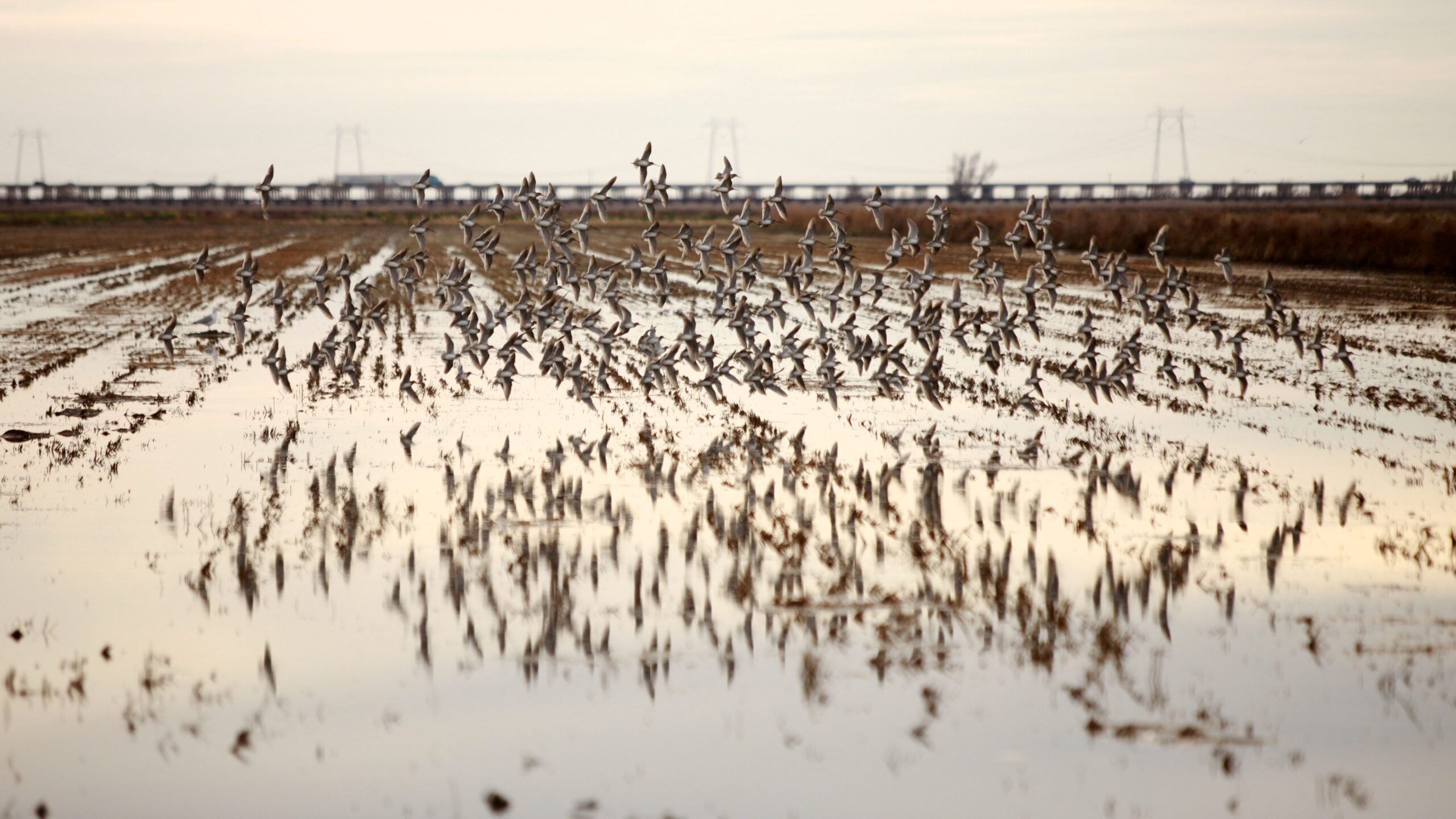

By Redgie Collins, Legal and Policy Director, and Analise Rivero, Policy Associate
As CalTrout finishes its second pandemic year, we are excited to report that we have not only weathered the initial storm, but we also enjoyed some unexpected successes. CalTrout’s policy team grew with the addition of our new Policy Associate, Analise Rivero, who will be opening up CalTrout’s first Sacramento brick and mortar in 2022. Check out Analise’s Staff Spotlight here.
Now let’s take a look at some of the highlights from CalTrout’s 2021 legislative cycle:
California Governor Gavin Newsom and the state Legislature enacted a $196 billion spending plan for fiscal year (FY) 2021–22, the largest budget in state history. Aided by a record budget surplus, the state’s spending plan is $30 billion larger than from the previous FY 2020–21.
Included in the budget is $9.7 billion for the California Natural Resources Agency (CNRA). The CNRA consists of 26 departments, boards, commissions, and conservancies responsible for administering programs to conserve, restore, and enhance the natural, historical, and cultural resources of California.
Cover Photo: Joe Proudman
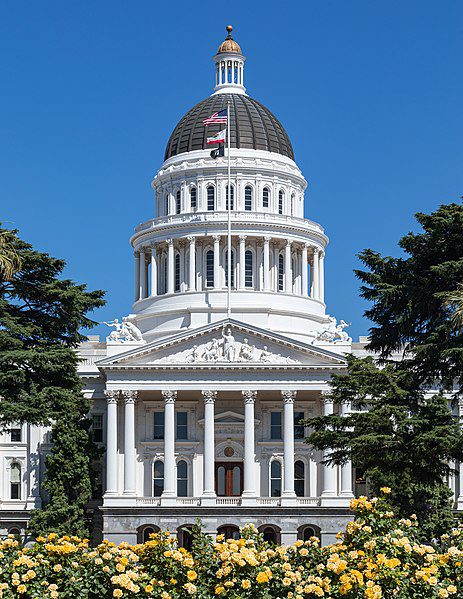
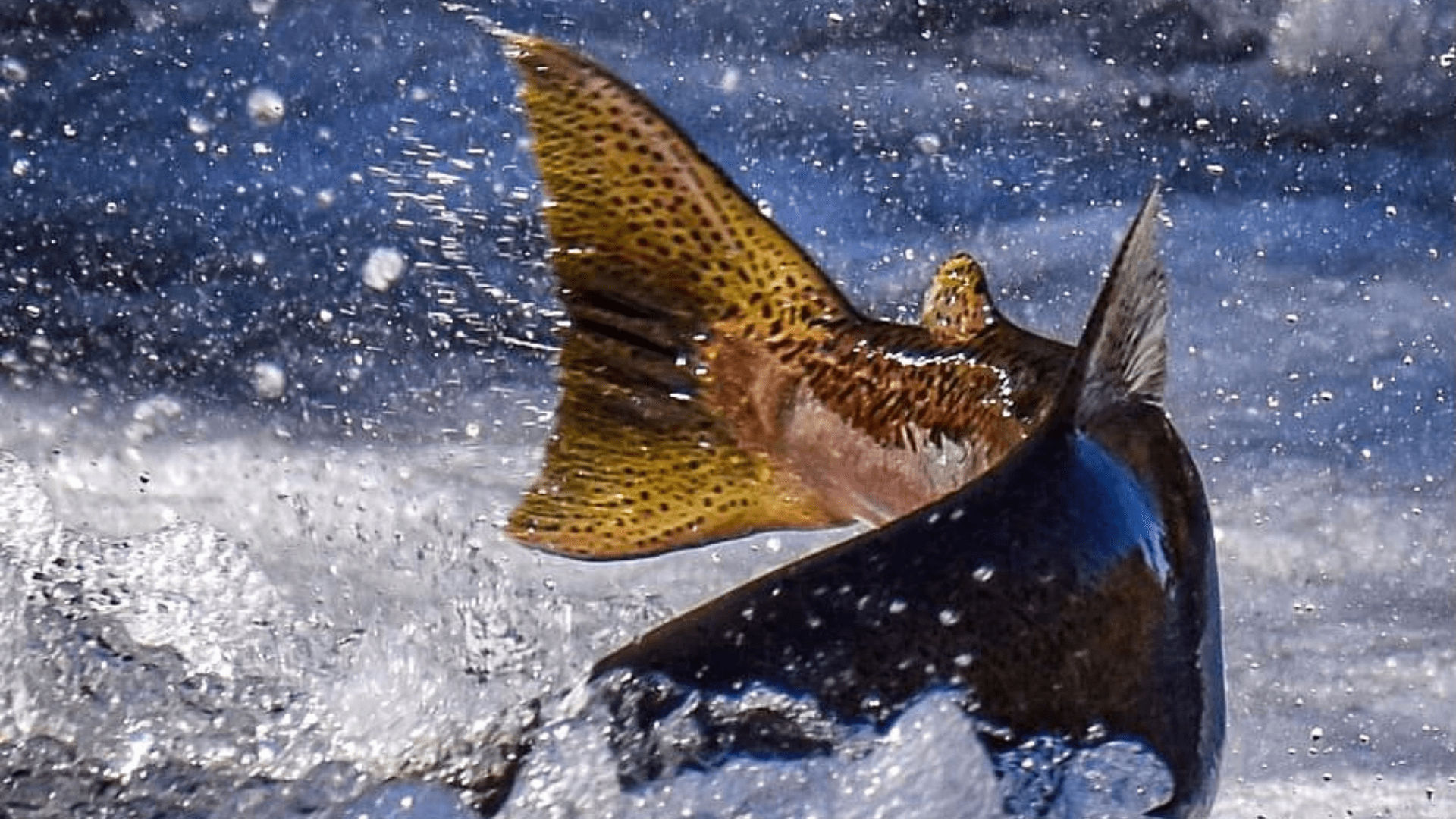
This large injection of funding for natural resources was made possible by the fact that California oversaw more than $50 billion in surplus and the efforts of strong advocates, including CalTrout’s own policy team, who advocated successfully to direct a large portion of these funds towards protecting our natural water resources.
Background photo: Jane Dysert.
The relevant funding packages are divided further to support certain needs:
- Drought Aid: $4.6 billion provided over three years to respond to drought conditions and invest in a more resilient water future with funding for water recycling, sustainable groundwater management, cleaning up toxic contaminants, restoration of the Salton Sea and Clear Lake, and flood prevention.
- Wildfire Prevention: In addition to the $536 million early action package, the budget provides $988 million for wildfire prevention and forest health in FY 2021-2022. This equals a $1.5 billion investment in this year alone to protect California’s communities and wildlands from historic wildfires exacerbated by climate change and drought conditions. This fiscal year’s budget also extends the state’s commitment to funding these efforts in the future by continuously appropriating $200 million a year from the Greenhouse Gas Reduction Fund until fiscal year 2028-2029.
- Climate Resiliency: $3.688 billion provided over three years to make necessary climate resiliency investments, or about $2.5 billion more than what was proposed in the Governor’s May Revision. A $369 million down payment in this fiscal year provides funding to help plan for regional adaptation investments, plant trees to reduce extreme heat and increase air quality, and build healthy and sustainable communities with the Transformative Climate Communities program. Future investments will respond to extreme heat, build community resource centers, address sea level rise, and help reach California’s commitment to conserve at least 30 percent of California’s land and coastal waters by 2030.
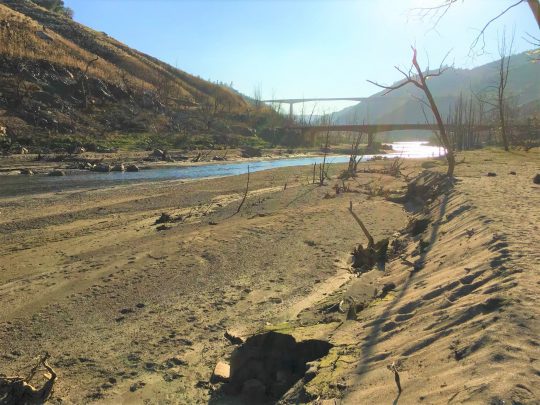
2021 drought in California. (Photo: Mike Wier)
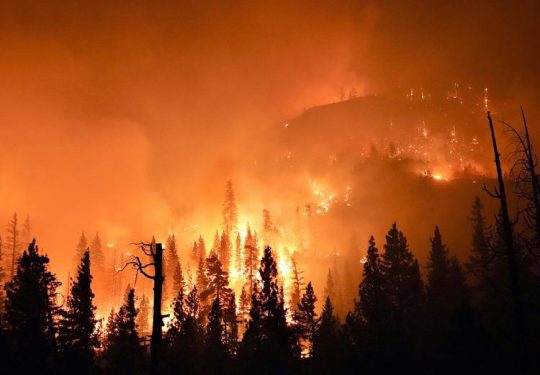
The Creek Fire burns in the Sierra National Forest, Sunday, Sept. 6, 2020, near Big Creek, Calif. (Photo: AP Photo/Marcio Jose Sanchez)

Furthermore, CalTrout advocated for a myriad of funding efforts central to our mission, such as funding to state agencies. Natural resources agencies, like the Department of Fish and Wildlife and the Wildlife Conservation Board, then operate grant programs to provide funding to non-profit organizations, such as CalTrout to implement our large-scale conservation and restoration projects across the state.
Here are a couple highlights on funding to agencies:
- $105 million to support fish passage and wildlife corridor projects.
- $33 million for fisheries and wildlife support.
- $323 million to fund water and drought programs.
- And notably, $12.5 million for the removal of dams to preserve the federally endangered southern steelhead trout. (Check out CalTrout’s work on the removal of Rindge Dam.)
Also, $40 million was awarded for the Outdoor Equity Grants Program (OEP), operated by California State Parks. OEP will increase the ability of residents in low income urban and rural communities to participate in outdoor experiences at state parks and other public lands. Many barriers exist that disproportionately impact historically marginalized communities from the benefits of experiencing nature. CalTrout is in full support of the OEP initiative. (See our statement on Diversity, Equity, and Inclusion.)
CalTrout is working to ensure these state funds make it to their best possible use and we will keep our membership informed about the exciting projects this budget will fund over the next three years.
While CalTrout’s policy team was primarily focused on budget negotiations over the past year, we also had several legislative wins as well:
- AB 315, authored by Asm. Stone: Provides indemnity and limited liability protections to real property owners who voluntarily permit a state-funded project to restore fish and wildlife habitat to take place on their real property.
- AB 379, authored by Asm. Gallagher: Authorizes the Department of Fish and Wildlife (DFW) and the Wildlife Conservation Board (WCB) to enter into agreements with and make grants or loans to California Native American tribes for various purposes related to fish and wildlife conservation.
- AB 817, authored by Asm. Wood: Authorizes the Director of DFW to allow for the issuance of sport fishing licenses that expire 12 consecutive months after the date of issue, in addition to existing calendar year licenses, and require two separate reports to the Legislature related to sport fishing license fees and implementation of the provisions of this bill.
- SB 69, authored by Senator McGuire: Repurposes the North Coast Rail Authority (NCRA) into the Great Redwood Trail Agency (GRTA), transfers its authority related to rail and freight to the Sonoma-Marin Area rail Transit District (SMART), and establishes GRTA’s new mission of developing the Great Redwood Trail.
- SB 716, authored by Sen. McGuire: Extends the sunset dates of the Habitat Restoration and Enhancement Act (Act) and authority to convey mitigation endowments to specified entities by five years.
All these bills are currently on the Governor’s desk awaiting signature.
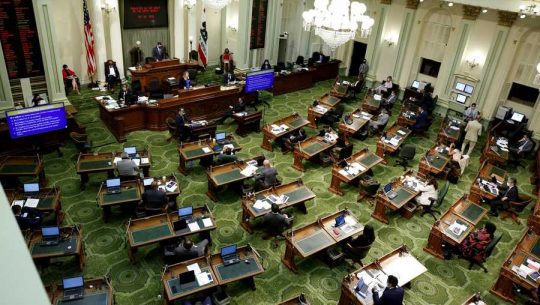
Members of the State Assembly meet at the Capitol in Sacramento, California. (Photo: Rich Pedroncelli, AP)
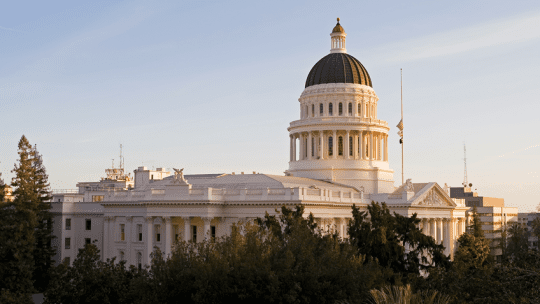
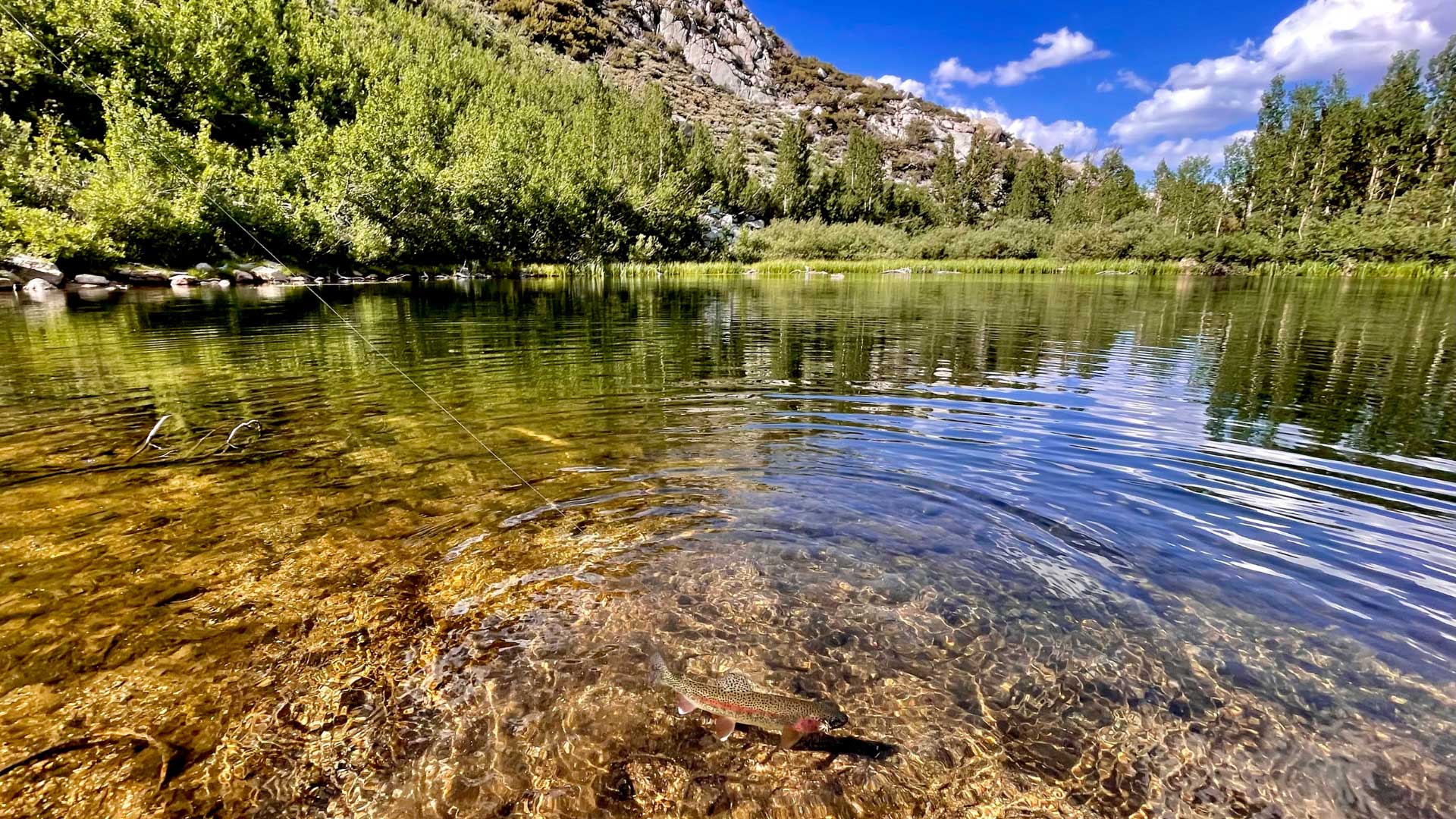
CalTrout is busy preparing our 2022 legislative agenda, and we’ll have an update of what to expect from the Policy Team soon. Initial projections point to yet another budget surplus and with the slow reaction and a late emergency declaration for drought this past year, CalTrout will be working on a drought package that will better prepare California for our changing climate.
Background photo: David Lee.




